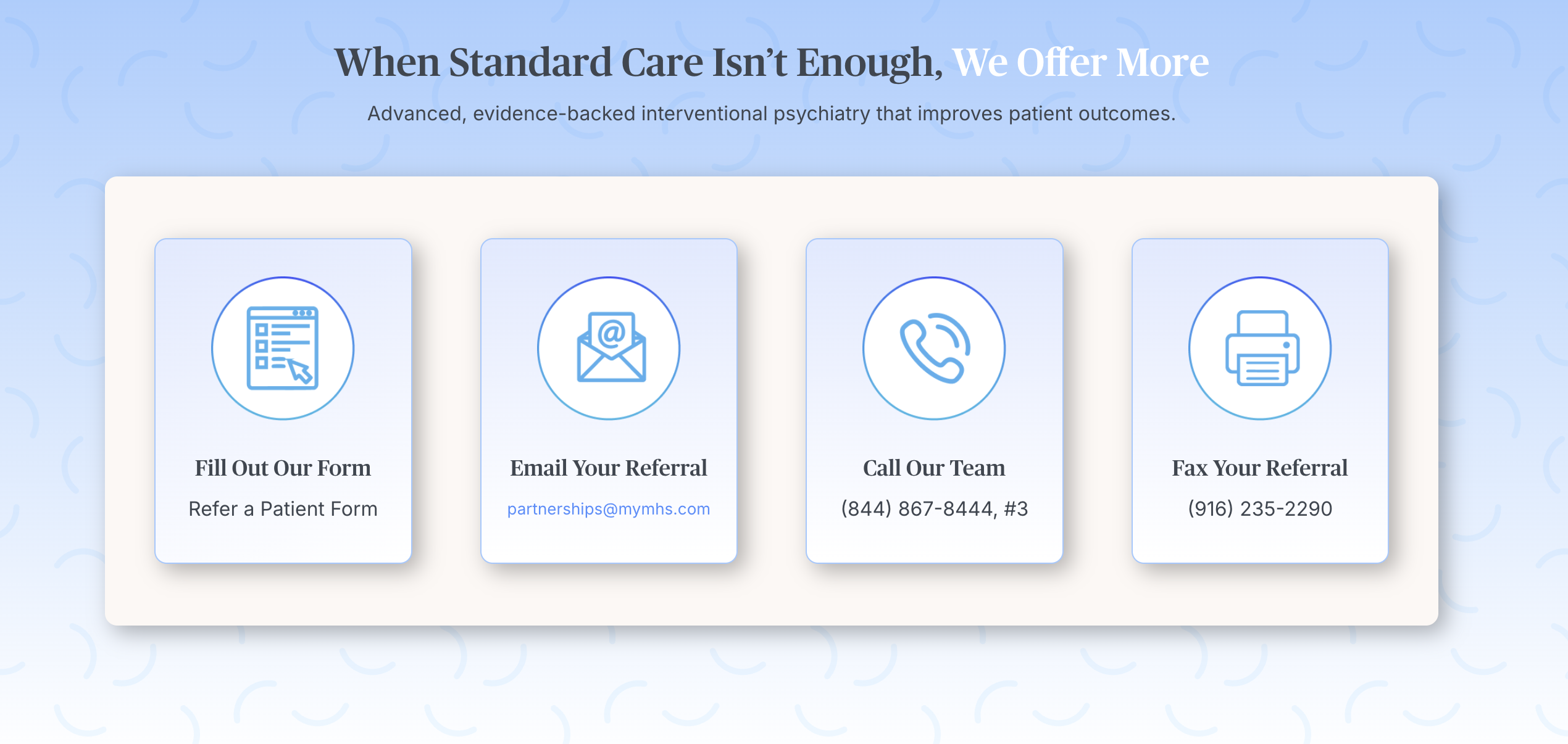Do you struggle to interact with passive-aggressive individuals? Don’t let frustration get the best of you! Passive-aggressive behavior can be tricky and difficult to understand, but there are a few strategies you can use to manage it successfully. In this blog post, we’ll explore eight effective strategies for dealing with passive-aggressive individuals, and provide some useful tips on how to manage challenging interactions.
What Is Passive Aggressive Behavior?
Passive-aggressive behavior is a common form of communication where individuals express their negative feelings in an indirect and unassertive manner. It involves a variety of actions or behaviors such as:
- Ignoring someone
- Procrastinating
- Making snide remarks
- Giving backhanded compliments
Passive-aggressive individuals often avoid direct confrontation and express their anger or frustration in subtle ways, which can make it challenging for others to understand their true intentions. This behavior can be damaging to relationships and can create a toxic environment, as it can lead to misunderstandings and resentment.
It is important to identify passive-aggressive behavior and address it to promote healthy communication and build strong relationships. Fortunately, there are a few effective strategies that can be employed to successfully manage interactions with a passive-aggressive person.
Strategy 1: Pay Attention to Nonverbal Cues
Passive-aggressive individuals may use nonverbal cues to express their negative feelings. These can include avoiding eye contact, crossing their arms, or sighing. Paying attention to nonverbal cues can help you identify when someone is feeling resentful or frustrated, even if they’re not expressing it directly.
When you notice these cues, it’s important to address them gently and in a non-judgmental manner. For example, you could say, “I noticed you crossed your arms. Is there something you’d like to talk about?” By doing so, you can open up a conversation that may help resolve the underlying issues.
Strategy 2: Address Emotions
When dealing with passive-aggressive individuals, it’s essential to address emotions. Often, passive-aggressive behavior is a result of unexpressed feelings of anger or frustration. Validating these emotions and addressing them in a constructive way can help resolve conflicts and prevent future issues.
To do this, it’s important to create a safe space for the person to express their emotions. You could start by saying, “I can tell you’re feeling upset. Would you like to talk about what’s been bothering you?” By giving them a chance to talk and actively listening, you can help them feel heard and validated.
Strategy 3: Use Empathy and Respect in Dialogue
Using empathy and respect in dialogue can help prevent further conflict and encourage open communication. When dealing with passive-aggressive individuals, it’s crucial to avoid aggressive or defensive responses. Instead, try to understand their perspective and respond in a way that shows you care.
For example, you could say, “I can see why you might feel that way. I want to work together to find a solution that works for both of us.” By doing so, you can show that you respect their feelings and are willing to work together to find a solution.
Strategy 4: Stay Calm and Grounded
When dealing with passive-aggressive individuals, it’s important to stay calm and grounded. Passive-aggressive behavior can be frustrating, but responding in kind will only escalate the situation. Instead, take a few deep breaths and focus on staying centered. If necessary, take a break from the conversation to give yourself time to cool off. By remaining calm, you can help de-escalate the situation and prevent further conflict.
Strategy 5: Set Clear Boundaries
Setting clear boundaries can help prevent passive-aggressive behavior from continuing. When someone crosses a boundary, it’s important to let them know that their behavior is not acceptable. For example, you could say, “I don’t appreciate it when you make snide comments. If you have an issue, I’d like to discuss it directly.” By setting clear boundaries and enforcing them, you can prevent passive-aggressive behavior from continuing.
Strategy 6: Be Proactive in Difficult Situations
Being proactive can help prevent passive-aggressive behavior from escalating. If you know you’ll be in a difficult situation with a passive-aggressive person, it’s important to plan ahead. Think about how you’ll respond if the person becomes defensive or aggressive. By being proactive, you can prevent conflicts from escalating and maintain control of the situation.
Strategy 7: Use Assertive Language
Using assertive language can help you communicate your needs effectively. When dealing with passive-aggressive individuals, it’s important to be direct and assertive. For example, you could say, “I understand that you’re frustrated, but I need you to communicate with me directly instead of using passive-aggressive behavior.” By using assertive language, you can set clear expectations and encourage open communication.
Strategy 8: Maintain Healthy Coping Strategies
Dealing with passive-aggressive individuals can be stressful and emotionally taxing. It’s important to maintain healthy coping strategies to manage your stress levels and prevent burnout. This can include practicing self-care, talking to a trusted friend or therapist, or engaging in relaxing activities like yoga or meditation. By taking care of yourself, you can maintain your mental and emotional well-being while dealing with passive-aggressive individuals.
The eight strategies presented in this blog post are designed to empower you to take control of your interactions with passive-aggressive individuals. Remember to be mindful of the words you use and the tone of your conversations. Improve your ability to identify and manage passive-aggressive individuals, and take back the power in your relationships with them.
Feel like you need more support? We’re here for you. Call or text us today at 844-867-8444 and we can match you with one of our expert providers. Together, you can create a customized treatment plan to make sure you get the support you deserve.











































